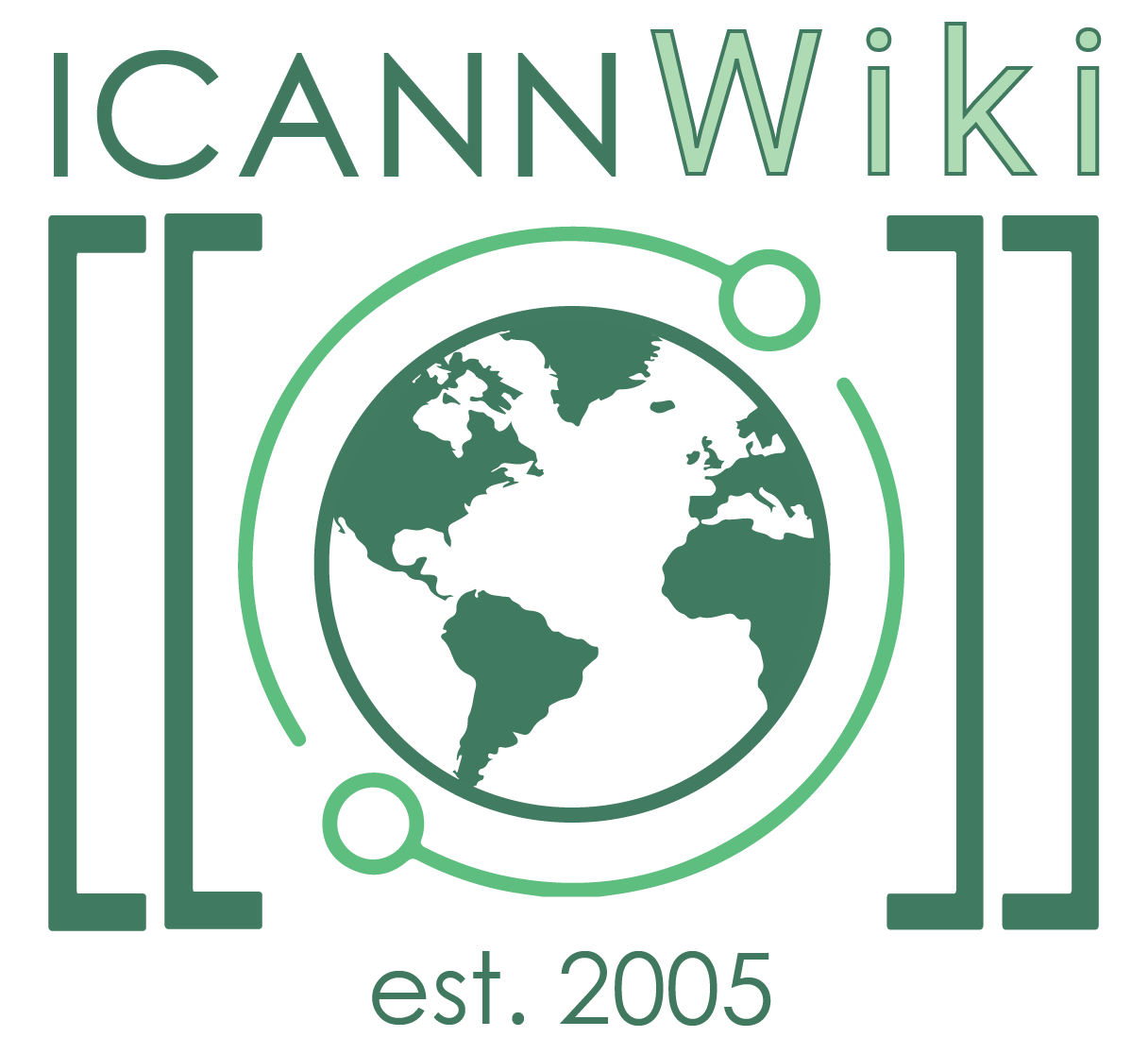Communications and Coordination Work Team
Communications and Coordination Work Team (CCT) was a team created within the GNSO to develop proposals for the council based on ICANN Board's endorsement of the Report of the Board Governance Committee GNSO Review Working Group on GNSO Improvements (BGC WG). The Operations Steering Committee chartered the CCT in March 2009 with a mission to enhance communications within the Generic Names Supporting Organization (GNSO) and increase the coordination with other ICANN bodies, such as the Supporting Organizations of ICANN, Advisory Committees (ACs) and also the ICANN Board. The goals of CCT, however, are not restricted to these and may change as and when required.
Composition of CCT[edit | edit source]
The CCT comprises mostly of participants who are selected from the GNSO Council, GNSO constituencies and from the ICANN community as a whole. These members have a good level of interest and experience in the arena of communications, including the development/expansion of online collaboration tools as well as strategies for internationalization. The CCT is composed of the following members:
- Minimum of one GNSO Councilor, most probably two, to liaison between the Council and the team
- Three Councilors to maintain separation between Council’s oversight role and team’s work
- One representative from each Constituency
- Representatives from the GNSO Advisory Committee and Supporting Organizations
- Members not associated with Advisory Committee (apart from NomCom appointed Councilors) or any Constituency
- Interim Chair from an associated Steering Committee [1]
Recommendations of the CCT[edit | edit source]
As part of their mission to enhance the communications within the GNSO, the CCT came up with the following recommendations:
A website for GNSO: Creating a GNSO website with a view to provide a productive environment to support communications as well as coordination and to serve as a center for inter- and intra-organization communication.
Content Sharing: Building a platform to share the content across the various ICANN sites. For this, it suggested that all the content should be stored in a relational database having robust tagging capabilities for greater accessibility.
Multi-Language Support: To make the GNSO web site accessible to non-English users in compliance with the ICANN’s translation policy.
Tactical Actions Recommended by CCT[edit | edit source]
The CCT has also recommended tactical actions as a means to contribute towards enhancing the communications within the GNSO. Some of these recommendations were as follows:
Community Feedback Solicitation: The CCT recommended that community feedback could be increased by making communications accessible and intelligible. For this, it recommended various activities such as providing opportunity for the community to comment on pending GNSO policies with a higher frequency, linking of ICANN and GNSO websites, summarizing all GNSO documents, creating an easier document search system, making localized policies consistent and others.
Board-GNSO communications: Among other things, the CCT recommended that the Board take steps to update members appointed by the GNSO about pending GNSO issues, as well as near-term objectives regarding policy development and coordination following all ICANN public meetings. It also recommended briefing Council and Board members about effective use of the revamped GNSO website.
Cross SO/AC Communications: The CCT was of the view that the GNSO would benefit heavily from greater information sharing and collaboration between ACs and SOs.
Simplifying Complex Terminology: The CCT also recommended that the complex terms of ICANN should be simplified in order to ensure common understanding. For this, it recommended that ICANN and the GNSO come together to develop and support a dictionary that would help to know the ICANN and GNSO acronyms.
Apart from these, the CCT also recommended that the Board provide extra rationale behind its decisions. It banked on establishing a proper context to handle the communications and work of the GNSO.[2]
References[edit | edit source]
ICANNWiki resources: Special Pages | Content Guide | Documentation | Development || Maintenance: Articles needing attention | Candidates for deletion || Projects: Internet & Digital Governance Library
